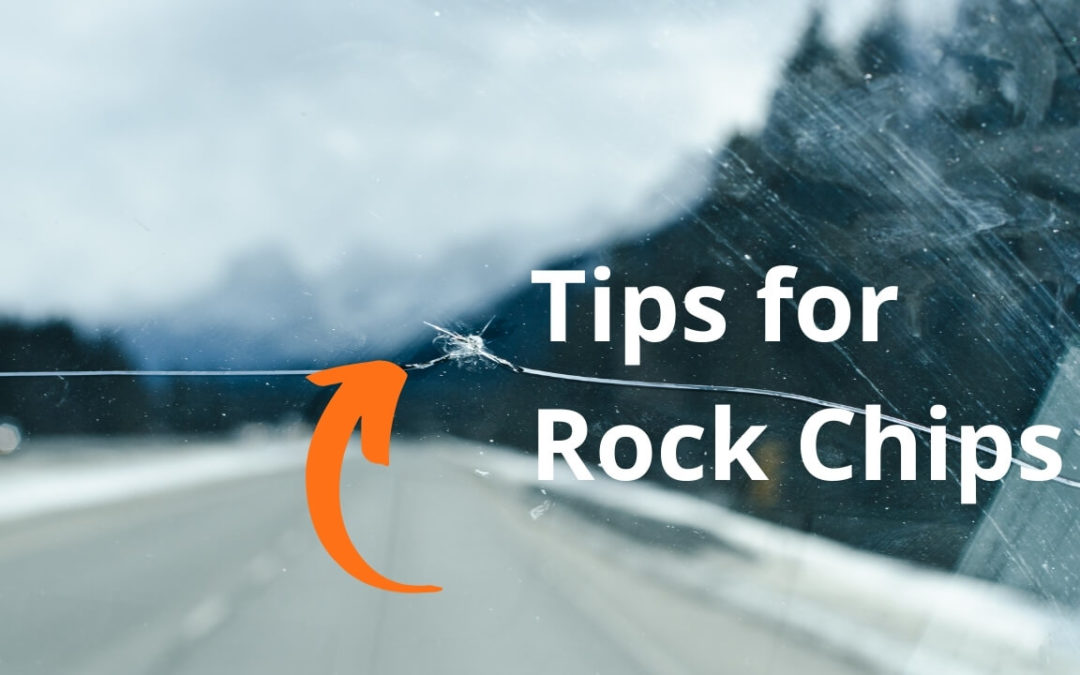So you have a rock chip. Don’t feel badly. We all land ’em at one time or another. The question IS, what do you do about it?
First and foremost, you should tend to your rock chip sooner rather than later. By getting it repaired sooner, you lessen the chance of it worsening or becoming a crack and getting moisture and dirt in the chip. Ideally you’d have your rock chip repaired during dry weather and never in the hot sun. If you wash your windshield on a hot day and you have a rock chip, you are at risk of it spreading. By the same token, if the weather is cold and you are running heat in your coach, it could result in a cracked windshield. At the very least, apply a rock chip patch to keep moisture and dirt out, as this can make an eventual repair less successful.
Not all rock chips are created equal.
Yours may be a bullseye, which has the best repair outcome, or it may be a spider or star, like the one shown below.
The star is more difficult to repair because you have to inject resin into the tiny fractures. Very small chips are more difficult to repair and may have a less satisfactory result. Rock chips near the edge of the windshield are more likely to spread.
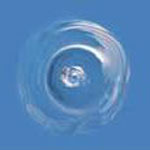
Bullseye rock chip before repair
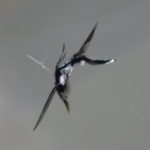
Spider or Star rock chip before repair
The process for your rock chip repair is quick, typically requiring 15-20 minutes per chip. It involves cleaning the site, drilling into the middle of the chip and injecting a resin that will cure, filling the spider cracks to prevent spreading. While repair is typically quite successful, you can expect a better result with the bullseye than the spider. Once your rock chip has been repaired, it cannot be repaired again.
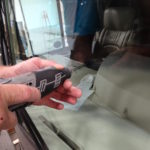
Drill the chip
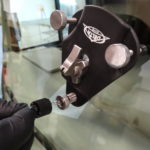
Inject the resin
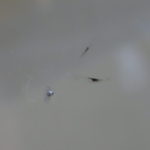
After repair
But here is some good news. Next time you see RV Glass Solutions out and about at a rally, ask them for a rock chip patch. This is a great thing to keep in your glove box, in the event you encounter a chip. If you find yourself with a rock chip, give us a call. We have more than 3000 service facilities across the U.S. and we can set you up with an appointment and handle the paperwork with your insurance company. It’s quick, painless and in most cases, will not require a deductible.

